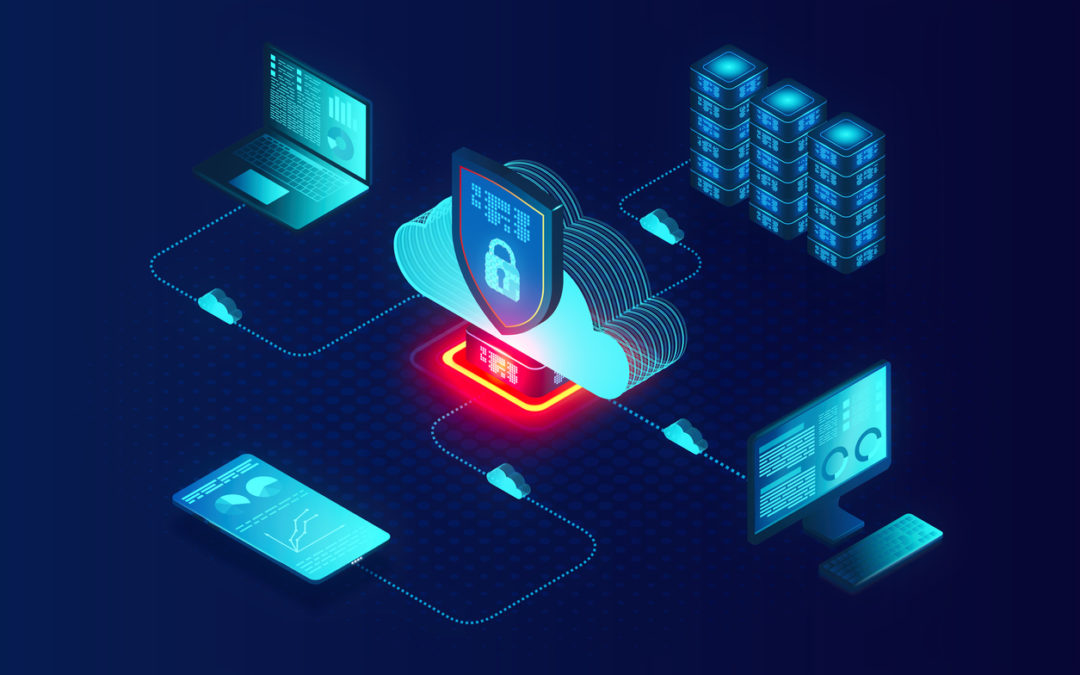The Cybersecurity Framework, which was developed by the National Institute of Standards and Technology (NIST), was created as a voluntary set of cyber practices for businesses to follow to reduce their risk of cyberattacks. By helping organizations better understand, manage and reduce the risk of cyberattacks, the NIST Security Framework is a key contributor to why many businesses have top-notch security. Although a voluntary set of standards, many organizations have taken it upon themselves to adopt this framework. It continues to be updated and refined through expert input and feedback from the public.
Here at REDiTECH, we follow the NIST Cybersecurity Framework and CIS Security Controls to recommend the right product stack that can help keep our customers protected. With cyberattacks ever-evolving, it’s imperative that you take your cyber safety and protection seriously. NIST and CIS are two organizations that publish standards that can improve your cyber readiness, so what’s stopping you from adopting them? Let’s break down what you can expect from the NIST Cybersecurity Framework and why we value this tool when helping our customers get the protection they need.
5 Core Functions of the NIST Cybersecurity Framework
We speak a lot about cyber readiness, but what does that really mean? Cyber readiness is the ability for businesses to identify, prevent and respond to cyberthreats in a timely manner. Most businesses know they should be prepared, but they might not know the proper steps that need to be taken to achieve this. As a result, businesses deal with serious damages following a cyberattack that can affect both their finances, reputation and can cause them to lose their cybersecurity insurance.
With the five core functions of the NIST Cybersecurity Framework, you can better prepare your business against a cyberattack.
- Identify: Identify current cyber risks and which processes and assets need protection.
- Protect: Implement safety procedures to protect sensitive information and necessary assets.
- Detect: Develop and implement testing processes to recognize a cyberattack.
- Respond: Create a response plan to put into place in the event of a cyberattack.
- Recover: Restore any disturbed services, and communicate the attack with necessary parties.
You now understand the steps the framework takes to prepare and protect businesses from an attack, but now you ask yourself: “Why should I be using this?”
Why Should Your Business Use the NIST Cybersecurity Framework?
Everyone has cybersecurity issues at the top of their mind. You worry about vulnerabilities and risks that you can’t see. You are unaware of how to address risks if they were to occur. You’re starting to be questioned on whether your business is NIST compliant. The framework can help you solve all these problems, and you will be able to leverage success stories from those who have been able to successfully address these issues.
Don’t wait until it’s too late, let our experts at REDiTECH help you adopt the NIST Cybersecurity Framework to better prepare and protect your business. We have what it takes to help you to better understand, manage and reduce the risks of cyberattacks. Contact us today to learn more.
